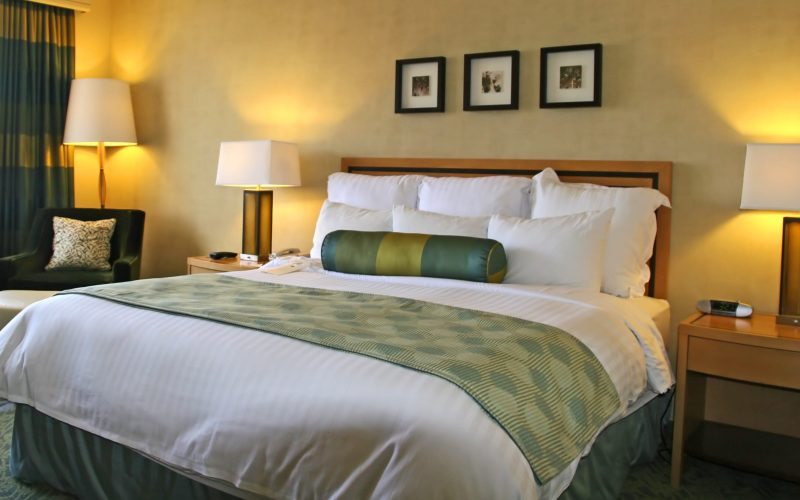With all the talk about germ-ridden remote controls, soiled bedspreads, and unclean glassware, guests are becoming more knowledgeable about hotel room cleanliness. Since the black-light-on-the-sheets investigations, the majority of establishments appear to have pulled up their socks, and on the surface, things appear to be getting better. However, how clean are those gleaming surfaces really?
Here are some guidelines for differentiating between a space that has been thoroughly cleaned and one that merely appears to be so.
1. Examine the lobby
No, you won’t be sleeping on that awful couch, but if you look around the lobby before checking in, you might not get very far. First impressions are important; if the carpet is damaged or the floors are sticky, you should probably think about leaving.
2. Begin in the restroom
Asking for another room or for the bathroom to be cleaned again is appropriate if there is hair around the drain plug, soap scum on the shower curtain, or gooey spots at the base of the toilet.
3. Check the mattress’ side.
Check the area between the bed and the wall if one side of the bed is close to the wall. Tight spaces are quite difficult to vacuum, but if that region of the floor is clean, the rest of the space will likely be as well.
4. Remove the bed cover
You won’t need the bed cover, so take it off. You really don’t want to think about the last occupant of the room because bedspreads are not cleaned after each departing visitor checks out. If you’re cold, ask for another blanket from the hotel’s supply, which was probably just laundered. Examine the linens for bedbugs, which appear as little brown specks that may or may not be moving. Use a travel sheet if in doubt to prevent bringing home invisible guests.
5.Check the light switches and door handles.
An easy way to determine whether a room is truly clean is to take a quick glance at the fixtures. Fingerprints prominently appear on switches and handles. However, it will indicate a rushed cleaning job. A dirty door handle is not really enough of a reason to request a different room.
6. Rearrange the furniture
Move the television six inches to the side, or use a phone, lamp, or alarm clock as a substitute. Watch for the telltale line of dust that indicates a superficial cleaning with a rag as opposed to a thorough one. Again, that’s not a reason to freak out, but it does suggest you should exercise extra caution, such as keeping your toiletries in your bag and making sure your feet are covered.
7. Open the Cistern Cover
Lift the lid on the back of the toilet and take a look inside for the most foolproof way to check for cleanliness. The tank’s condition clearly shows how frequently the hotel performs routine maintenance even though nobody cleans in there every day (and there is no reason to). You may tell that the cleanliness you perceive around you is just cosmetic if the tank walls are slimy, infested with fungus, or are severely discolored.
And last but not least, the best indicator of a clean room is usually your nose. If it smells funky, it’s dirty. Almost nothing that smells terrible, with the exception of a few varieties of cheese, is truly good. Mold and mildew, none of which are healthy or acceptable, are the most common causes of odors in hotel rooms. You pay for it. Therefore, feel free to use it elsewhere.








